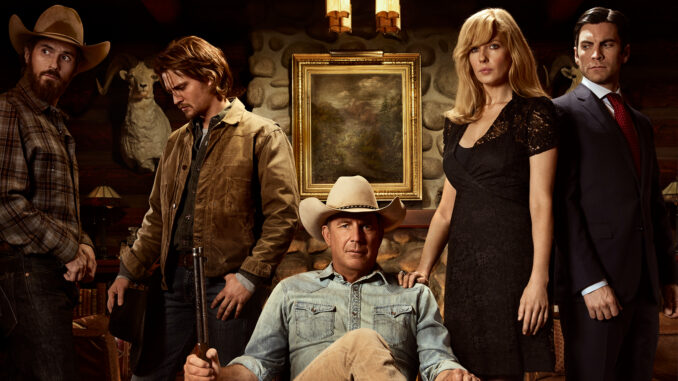
The roar of the crowd, the flash of cameras, the coveted gold statuette – Kevin Costner had tasted the pinnacle of Hollywood success. Dances with Wolves was more than a film; it was a testament to artistic conviction, a gamble that paid off in spades, solidifying his image as a rugged individualist with an unerring eye for storytelling. He was the golden boy, the frontiersman of the silver screen, and the world was his oyster. But even for a king, hubris can be a treacherous companion, and the next grand adventure would prove to be a watery grave for his reputation and, more importantly, his artistic peace of mind.
The movie, of course, was Waterworld. It began as a vision, audacious and gargantuan: a post-apocalyptic epic where the polar ice caps had melted, submerging civilization beneath an endless ocean. Humanity clung to makeshift atolls, trading in dirt and scraps, haunted by legends of dry land. Costner, still basking in the glow of Dances with Wolves, saw in it another opportunity to build a world, to tell a story on an unprecedented scale. He envisioned a hero, the Mariner, a mutant loner navigating this aquatic wasteland, a modern-day Odysseus.
The ambition was intoxicating, but the execution was a logistical nightmare from hell. Every cubic foot of water, every custom-built set piece, every sun-baked extra added another digit to the astronomical budget. Hurricanes ravaged the floating sets off the coast of Hawaii. Crew members reportedly suffered from “water fatigue.” The initial budget of $100 million ballooned to a staggering $175 million, then to over $200 million, making it, at the time, the most expensive film ever made. The press gleefully dubbed it “Fishtar,” a play on the epic flop Ishtar, and the public perception of the film, and Costner himself, began to curdle long before a single frame reached theaters.
Costner, who had invested his own money, time, and considerable personal capital into the project, was fighting a losing battle against the elements, the clock, and ultimately, the studio. As the budget spiraled and the release date loomed, Universal Pictures grew increasingly nervous. The creative reins began to slip from the hands of director Kevin Reynolds and, by extension, Costner, who was also a producer. Studio executives, driven by fear and the desperate need to recoup their investment, demanded cuts, changes, and a more commercially viable (read: shorter, simpler, less nuanced) product.
The theatrical cut that finally premiered was, by many accounts, a Frankenstein’s monster: a disjointed narrative, rushed character development, and a choppy pace that left audiences baffled and critics merciless. The film bombed at the domestic box office, barely scraping back its colossal budget globally, largely due to strong international sales and home video. The “instant regret” Costner must have felt wasn’t just about the financial loss or the critical drubbing; it was the gut-wrenching realization that the grand vision, the meticulous world-building, and the thematic depth he had poured his soul into, had been sacrificed on the altar of commercial expediency.
The quote, “You basically threw it away md07,” speaks volumes about this specific artistic heartbreak. “MD07” sounds like a file name, a version number, a specific cut of the film that existed only in the editing suite or the minds of the creators. It represents the original, untainted blueprint, the version that held the integrity of their shared dream. Someone – perhaps a disgruntled editor, a sympathetic crew member, or even Costner’s own inner critic – recognized the mangling. They saw the coherent narrative, the richer character arcs, the essential scenes that grounded the epic, being discarded, leaving behind a husk of what it could have been.
Indeed, later cuts, often dubbed the “Ulysses Cut” or extended TV versions, surfaced years later, revealing nearly an hour of additional footage. These versions offered a glimpse into the “MD07” that was lost. They presented a more intricate plot, deeper motivations for the Mariner, and a more satisfying resolution. They suggested that Waterworld wasn’t inherently a bad idea, but a compromised one. The regret, therefore, wasn’t just for a bad movie, but for the potential of a great movie that was ruthlessly dismantled and “thrown away.”
For Kevin Costner, Waterworld became an albatross around his neck, a cautionary tale that followed him for years, casting a shadow over subsequent, equally ambitious projects like The Postman. It served as a painful lesson in the brutal realities of the studio system, where artistic integrity can be sacrificed for quarterly profits. The mangled movie, the instant regret, and the ghost of “MD07” remain a stark illustration of the perilous journey from an artist’s grand vision to the commercialized product, a journey where dreams can drown long before they reach the shore.
